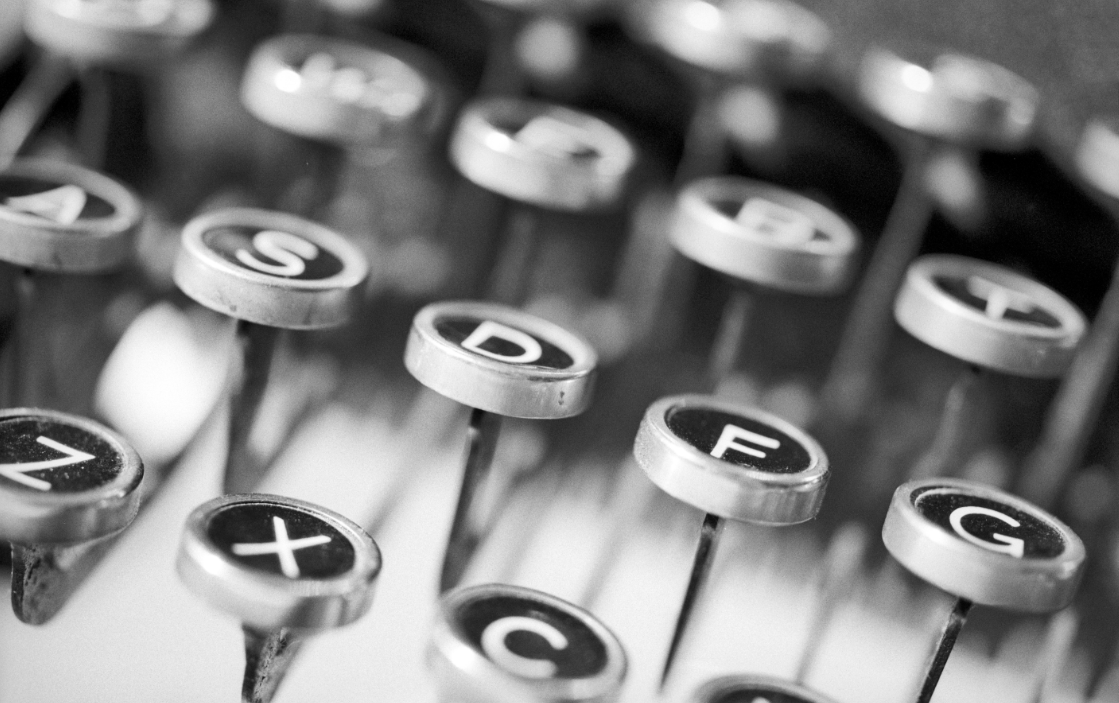
Plain language is a tool we use to inform, inspire or change behaviour in a straightforward manner. Plain language is honest and frank. And while simple at its core, executing plain language can be difficult.
“Any fool can make things bigger, more complex, and more violent. It takes a touch of genius and a lot of courage to move in the opposite direction,” Albert Einstein.
What is plain language?
Plain language is uncomplicated, stripped of ambiguous words and unnecessary adjectives. It speaks to the audience using everyday words that are memorable and meaningful. As a discipline, plain language also relies on syntax and content structure to order words and phrases logically, again making it meaningful. ABS data revealed only 54% of Australians aged 15-74 years have adequate (or better) prose. This means almost half of the population in this age range – a primary target market for almost any business – have limited written or spoken language skills.
The solution? Keep it simple, smart.
Plain language need not be dull. Audiences should be challenged to think and explore, but they shouldn’t require a dictionary or thesaurus to make sense of a message: it’s about communicating with audiences using the language they understand and in a context that makes sense.
Plain language should be used to make a message accessible to all. So how does it work?
The right words for the right audience.
“The finest words in the world are only vain sounds if you can’t understand them,” Anatole France.
Successful communication with an audience group is not always achieved by using the most complex or elaborate phrasing; some may interpret this as being pretentious, while others may simply not understand what is being said. It’s about using the right words to convey the right meaning. We’ve all been there – scrolling through the online thesaurus in an attempt to find longer or seemingly more impressive words to strengthen a sentence. The message you are sending and the message you want your audience to receive is not always the same. Take a step back, look at your research and define your audience: who are they and what do you want them to know? This should be your starting point.
Take a leaf from the journalism handbook.
The key for many when communicating is often to be memorable – to stand apart from the competition. Yes, be unique, be different, but be clear. We live in a fast-paced world where people want information quickly. A leaf can be taken from the pages of news publications. The news is accessible by wide and varied audiences. Journalists use plain language every day; they remove jargon and hyperbole and instead use concise, easy-to-read and easy-to-understand language. Be clear about you want to say, and leave no ambiguous word unchanged.
Less is more.
Applying plain language isn’t just about using simple words. Every word should have a purpose. It is often said that adding fat is easier than removing it. If a word is not supporting your overarching message, get rid of it. Don’t be afraid to kill your darlings.
For example:
For every sentence, the writer should try to cull at least five words.
Let’s try that again.
When editing, try to reduce every sentence by five words.
Once more?
When editing, remove unnecessary words.
13 words down to five: it’s the same concept, but clearer and more concise. It is often easier to write the shorter form first time around. Writing succinctly however, can be more difficult than long-form. It is often far easier to write pages and pages of copy, than to summarise your message into one concise paragraph. At Ellis Jones, we practice this every day.
We use words to change human behaviour, creating a ripple effect to solve problems, create opportunities and improve society. Good writing is often supported by good design. Visit our design studio to see plain language applications in design.

